We talked about the symbols inlaid in the wood when I told you about church in Leleasca. And about the wood that accompanies the life of country people when I shared with you from my childhood memories from my "country" in Moldoveni, a village where I spent all my vacations. But the wooden gates of Maramureș are a crowning achievement. They are a symbol in themselves. I really like these Maramureș wooden gates, with their meticulous workmanship and I am glad to see that there are still craftsmen who carry on the tradition, taking it over from the old folk craftsmen.
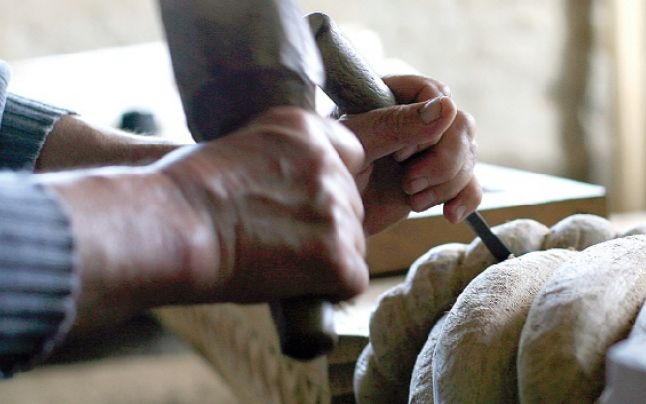
I have been to Maramureș countless times, mostly on business, less on vacation, and often a tall, beautifully carved wooden gate would catch my eye. I would simply stop in my tracks because I couldn't resist the temptation to feel the wood, to see the symbols and understand their meaning. There were so many and so varied! I recently saw such a beautiful new Maramurean gate. It reminded me of the gates I had seen "at home" in Maramureș and I thought it was time to find out more about all these symbols, but also about what the gate itself represents, why it is different from other places and why it is only there.
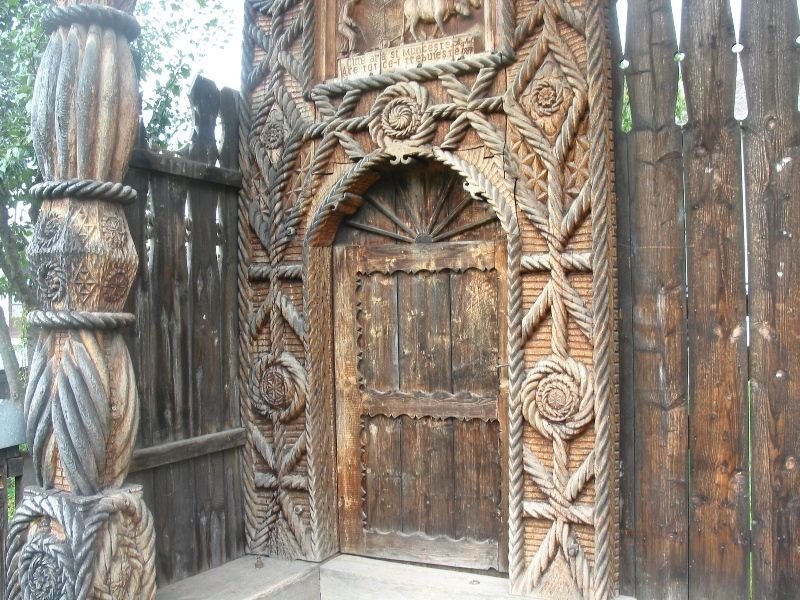
Old Maramureș gates can be found mainly in the villages of the Iza, Cosău and Mara river valleys, but also in the villages of the Lapus Country. Why were they built in these places? During the feudal period in this area, some wealthy families with certain privileges arose from among the village obesti. These families were called the tsars and a ruler was chosen from among them. The voivodes preferred to have several such families with limited power, so over time power was distributed to as many families as possible. The heads of these families built imposing gates to distinguish themselves from the other members of the gentry who did not have this right and had simple gates called vranițe. Thus, when someone came to the place for the first time, he immediately knew who was a nemeș and who was not. Even now, if you go to such a village and ask for someone, they will guide you by pointing out elements of the gate's construction or carving.
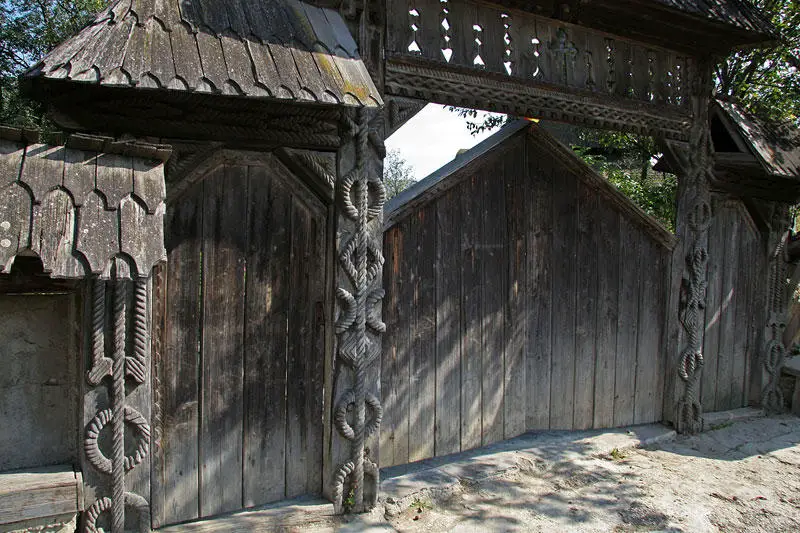
The typical Maramureșana gate is high and built on 3 vertical pillars and one horizontal pillar, positioned at the top (the upper threshold of the gate), which joins the construction and is called the "fruntar". The roof - the hăizaș - covered with draniță is built over the fruntar. The gates are made of oak, which must be cut only on nights with a full moon, to protect the house from misfortune and bad clocks, and transported on working days of the week when fasting is not eaten, i.e. Tuesday, Thursday or Saturday, to bring good luck to the house.
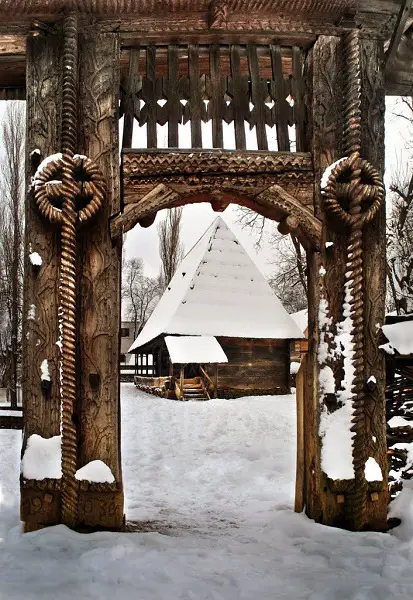
The symbols carved on the gate date back to the pre-Christian period and were intended to protect and purify family members when passing under it. Among the most common symbols are:
- twisted rope - symbolizes infinity, the link between heaven and earth, life with good and evil going together;
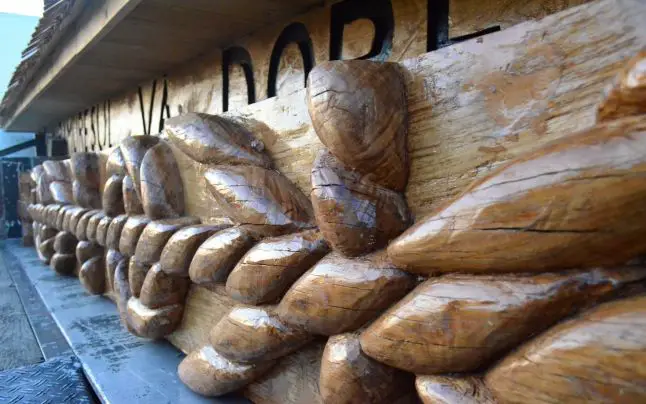
- the sun - represents life and has several representations: circle, star, a round face;
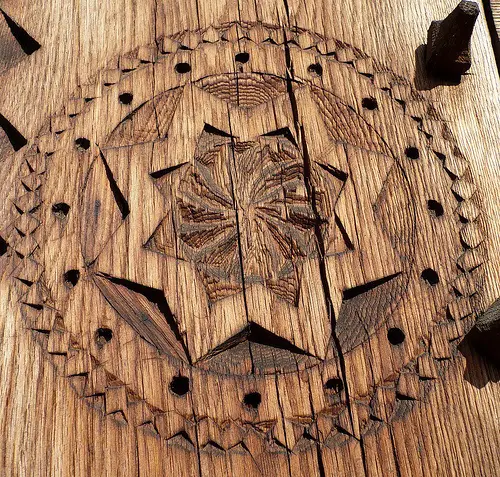
- the colacul - brings abundance into the home;
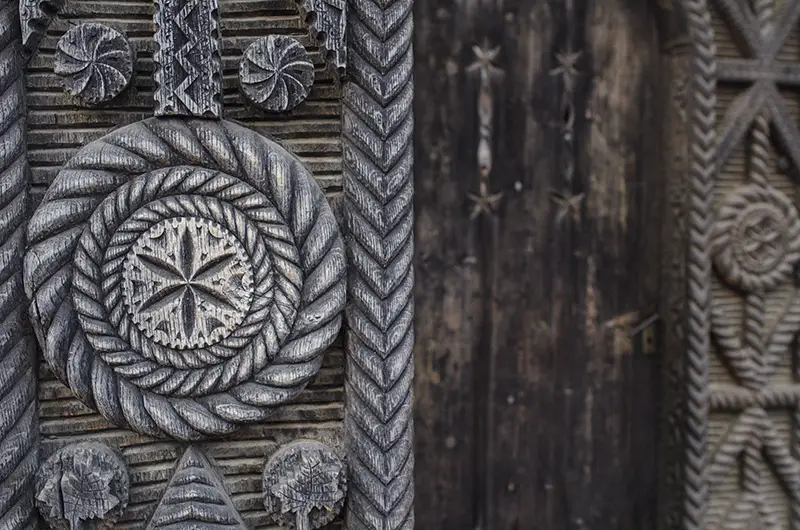
- the tree of life - life without end, life without death, but also verticality;
- snake - the guardian of the household (house snake);
- the wolf's tooth - defender against charms;
- fir - life, verticality;
- rooster - hardiness, pride;
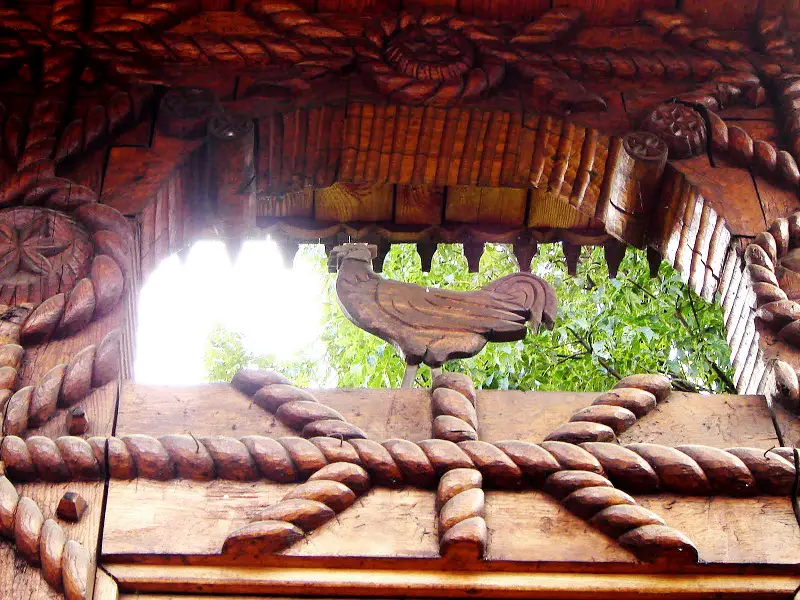
- cross - faith;
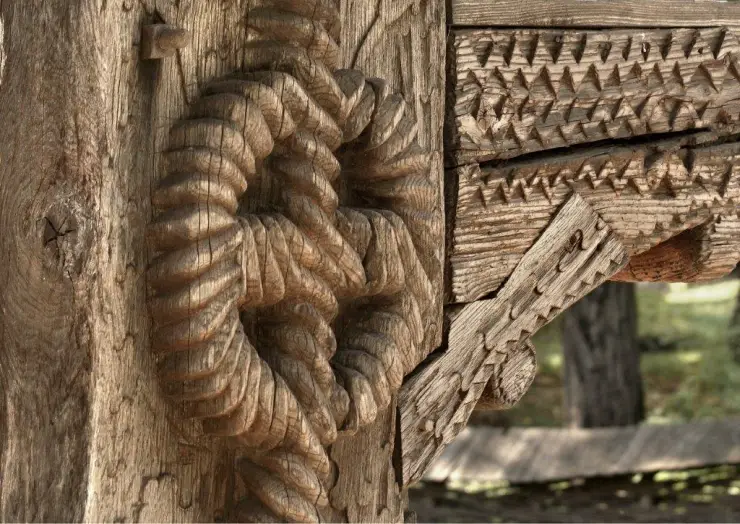
On the new gates, some of the old symbols have disappeared and more modern ones have appeared: flowers, folk verses or scenes from life.
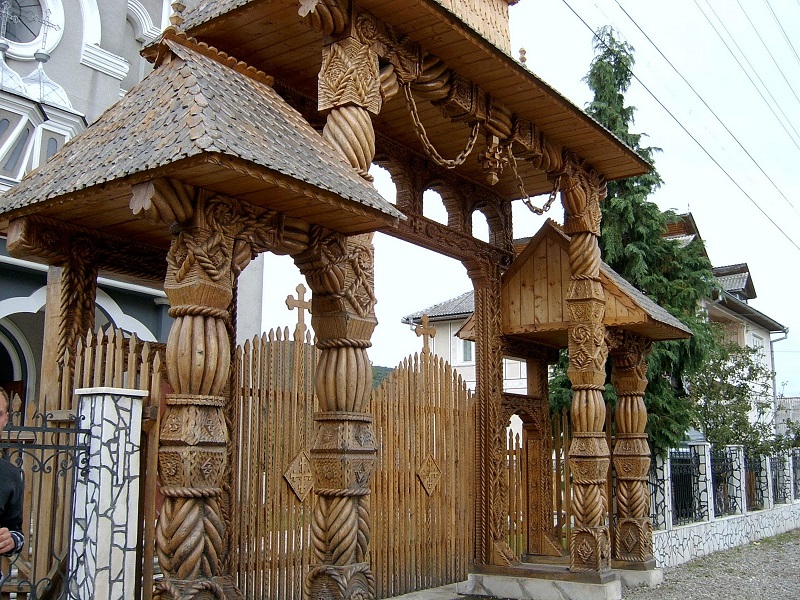
Passing under the gate was a symbol in itself. In ancient times, it was the man who went out - to work, to the market or to battle. When he returned home, it was assumed that he had come laden with the evils of the world, diseases, curses and charms, and passing through the gate purified him to go clean to his family.
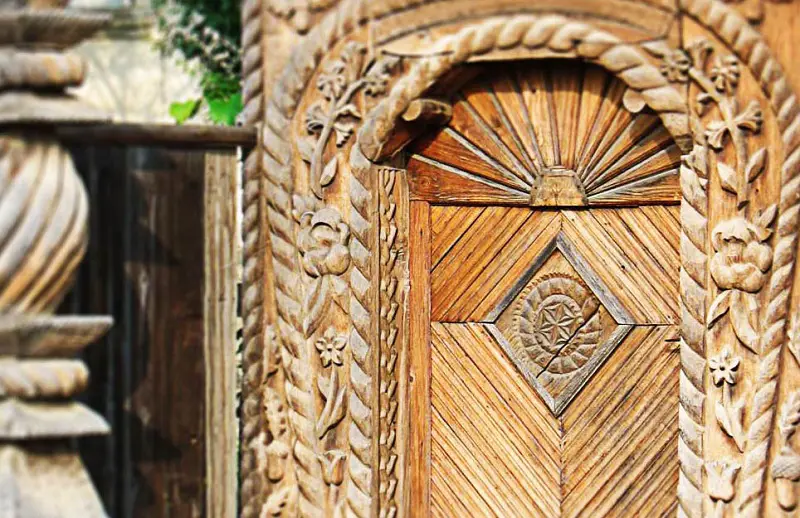
There is so much beauty and poetry in these gates and there is so much to learn about them. It's actually a way of finding out about us, they're chisel books. They are like the painted churches in Bucovina, where you can 'read' the Bible by looking at the drawings in a certain order.
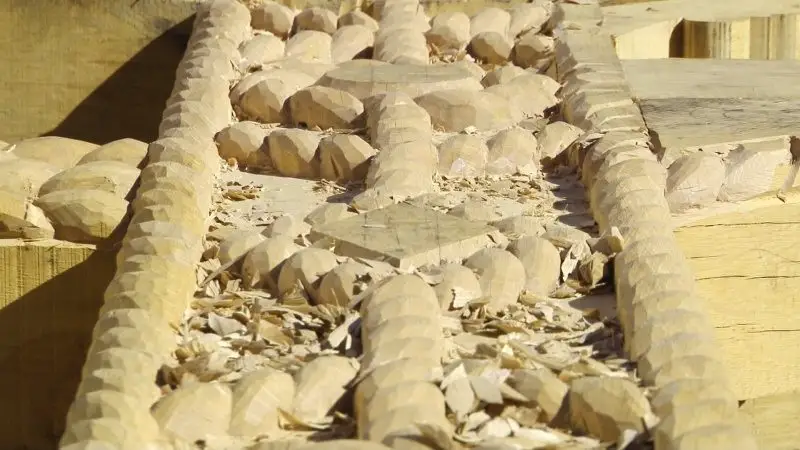
I love Maramureș with its gates, traditions and people. I had the joy to meet wonderful people, fond of their places and proud of their heritage. These are people who welcome you warmly into their homes and hearts. Going to those places you often get the feeling that they have all passed through the gates and left behind all the evils of the world.
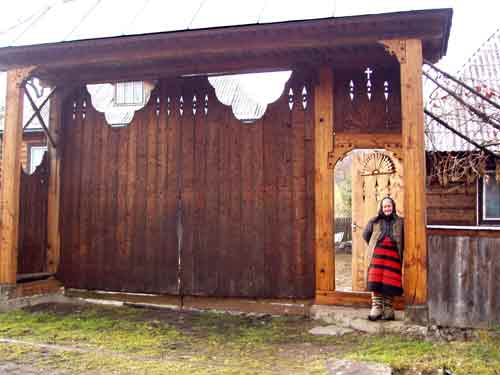
























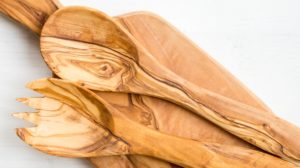


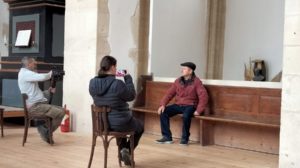
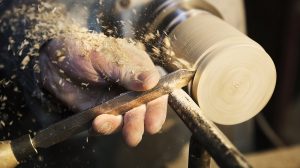

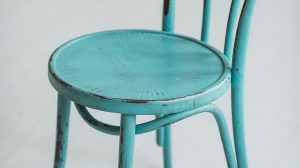





Japanese joinery is fascinating, as you say, but it is superior. I think Japanese joinery is the mother of joinery. In fact, I think the rest of the woodworking peoples are appendages 🙂 I don't shy away from being categorical.
It bothers me to blame Romania - when it comes from ignorance or malice. But when it comes to culture, I am open to criticism. I am extremely critical on cultural issues. In culture I don't negotiate anything. I'm very severe - even if it's the culture I was born into.
I never liked the Maramures gates (even more so when I learned their history - that doesn't mean I don't love your texts). Romanian carpentry I never liked and I don't like it now. It's rudimentary/simplistic or overpowered.
I hope you don't mind that I have positioned myself in antithesis to you! 🙂
I never mind someone's opinion when it is said civilly and reasoned. We are different and that is reflected in our opinions. A world where everyone agrees is a flat, dull and boring world. 🙂
All the best!
Hello. Visit http://www.marco-mara.ro
Hello. Please visit http://www.marco-mara.ro . Thanks
[...] Source - https://revistadinlemn.ro/2017/08/15/porti-maramuresene/ […]
[...] highly evolved matriarchal society, a solar and circular society (see the Romanian dance horă and flower symbolism), very different from the layered and hierarchical Scythian-type patriarchal society we live in [...]